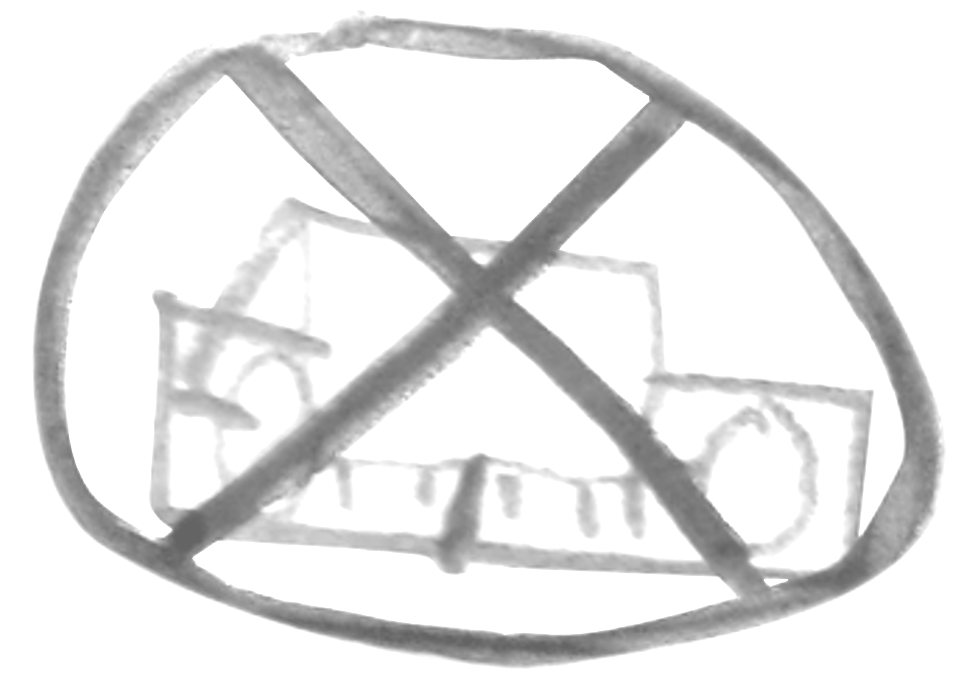FLOATING SOUND GALLERY
Vienna
Circuit Fantôme - Prelude
Season 4 Episode 022.02.2024 > Acousmatic Minifestival FIRST DAY
curated by Todor Todoroff, Sophie Delafontaine and Anton Iakhontov
co-production of Belgian Federation for Electroacoustic Music (BeFEM), Alcôme and Floating Sound Gallery Vienna
in cooperation with 4lthangrund
co-production of Belgian Federation for Electroacoustic Music (BeFEM), Alcôme and Floating Sound Gallery Vienna
in cooperation with 4lthangrund
L O C A T I O N – 4 L T H A N G R U N D
February 22 | 19.00-22.00
Doors open at 18.30
Pay as you wish
︎Althangrund für alle, Augasse 2-6, 1090 Wien
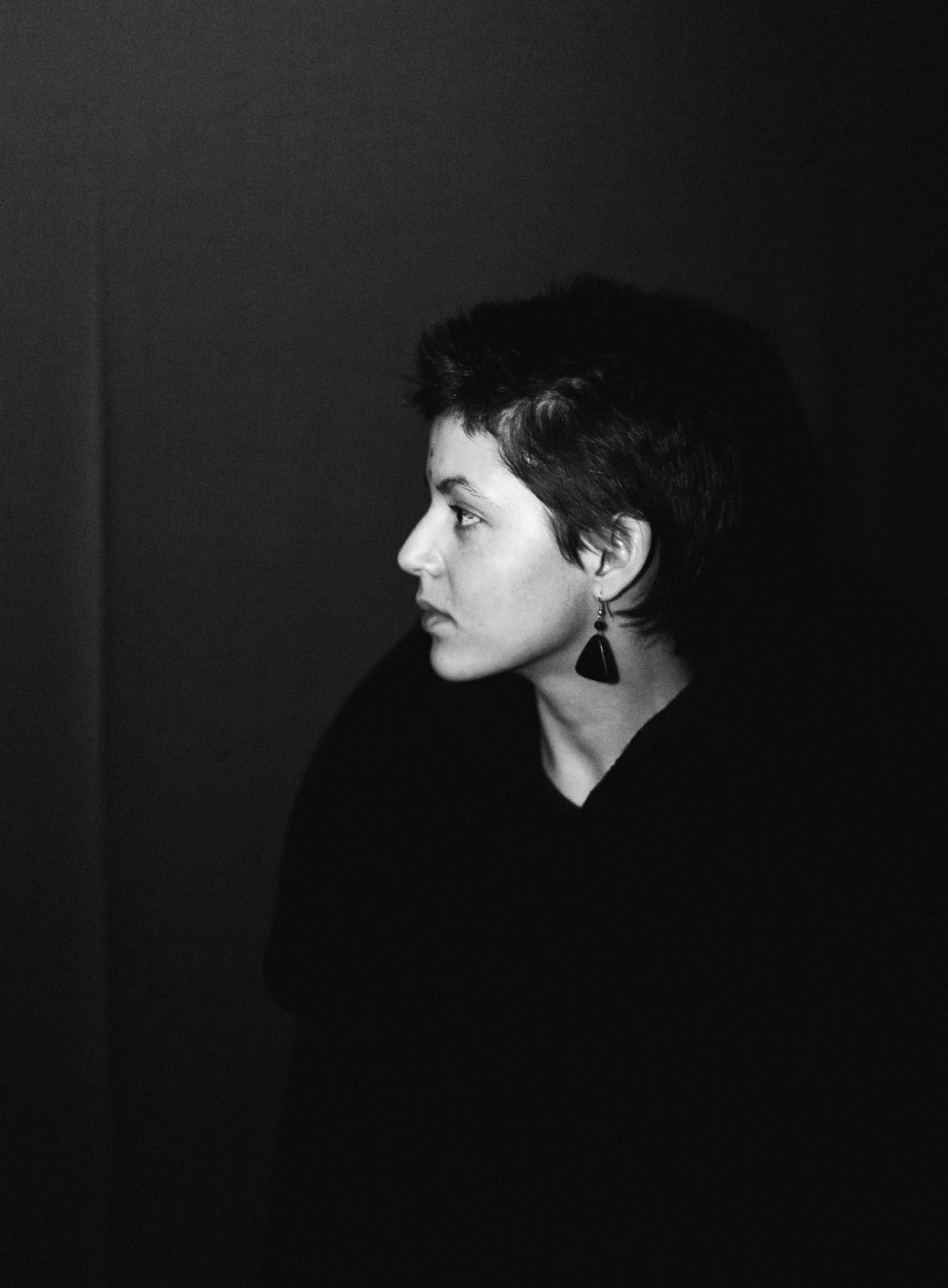
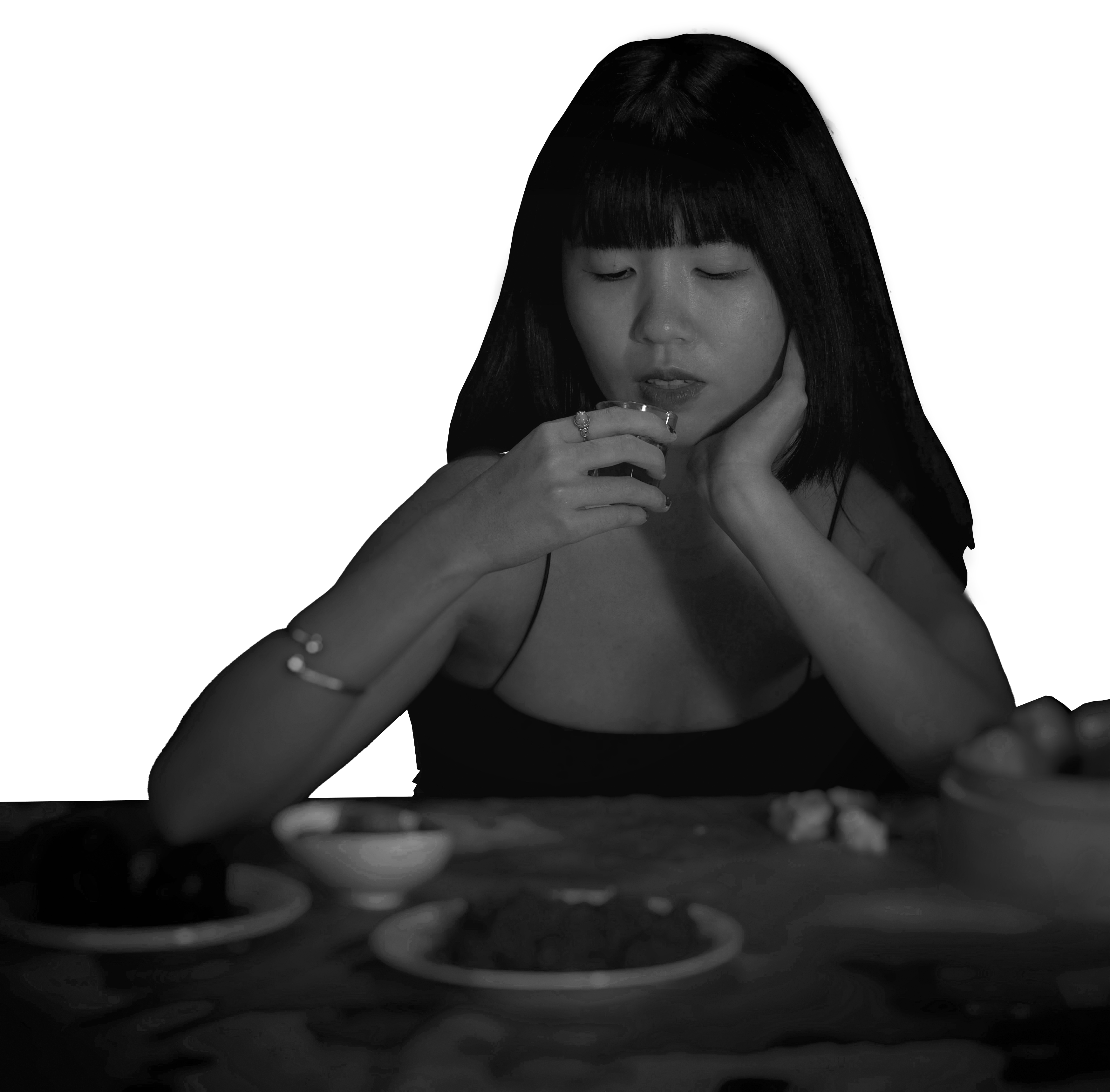
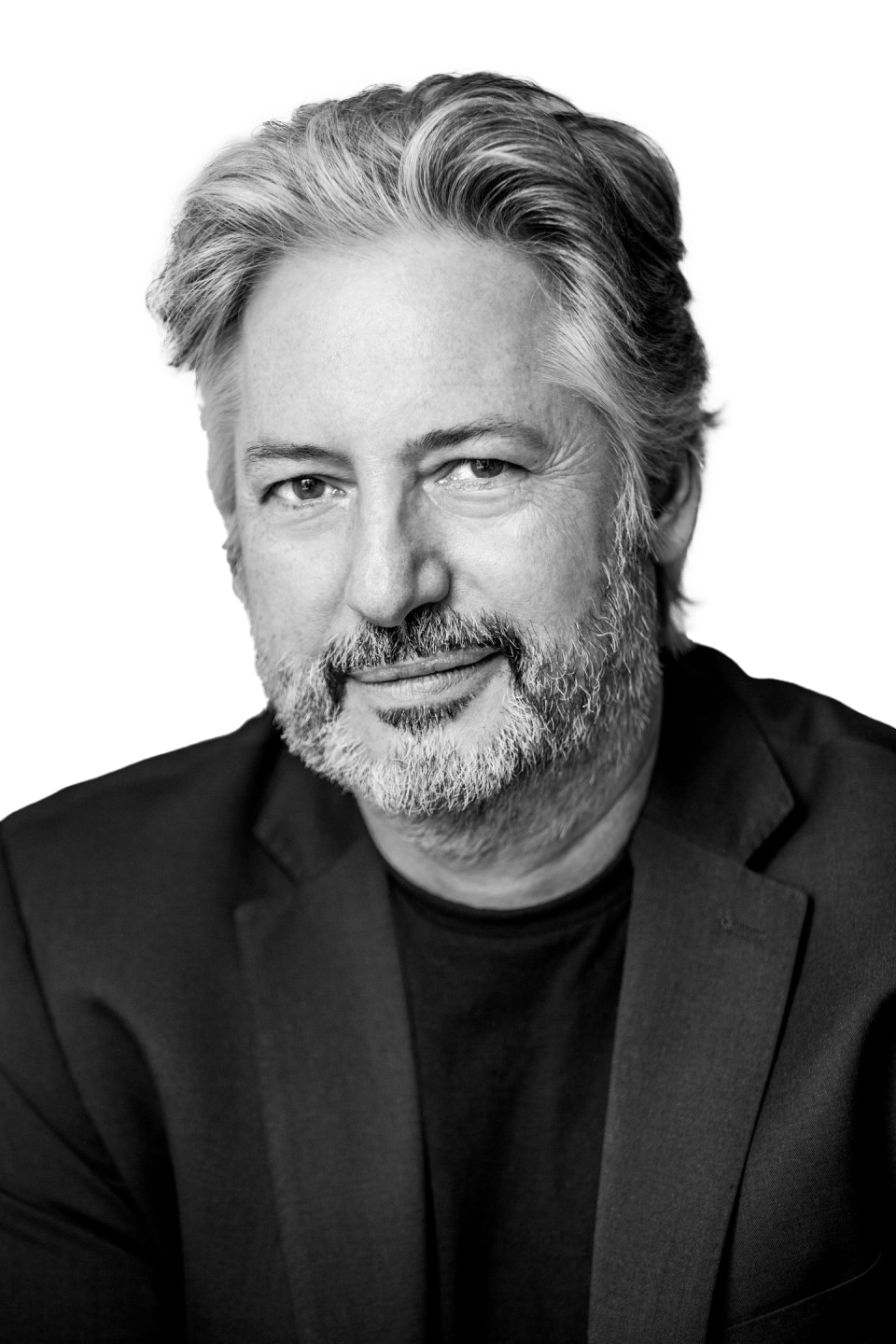
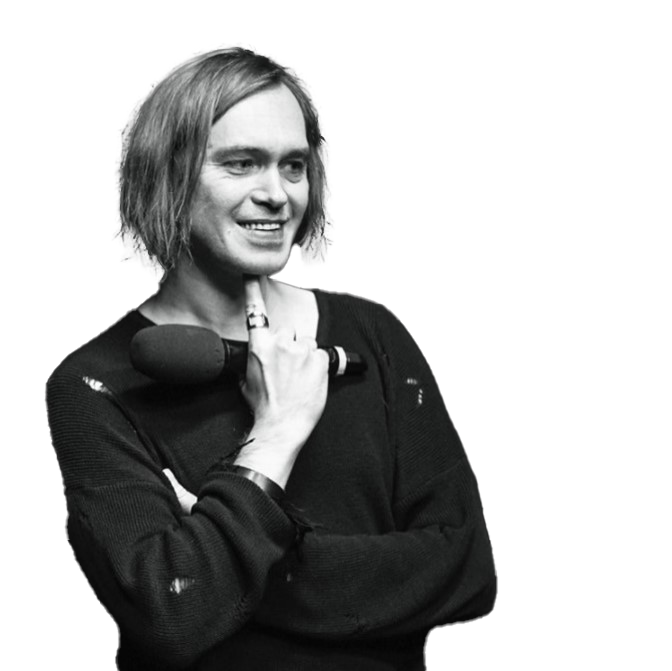
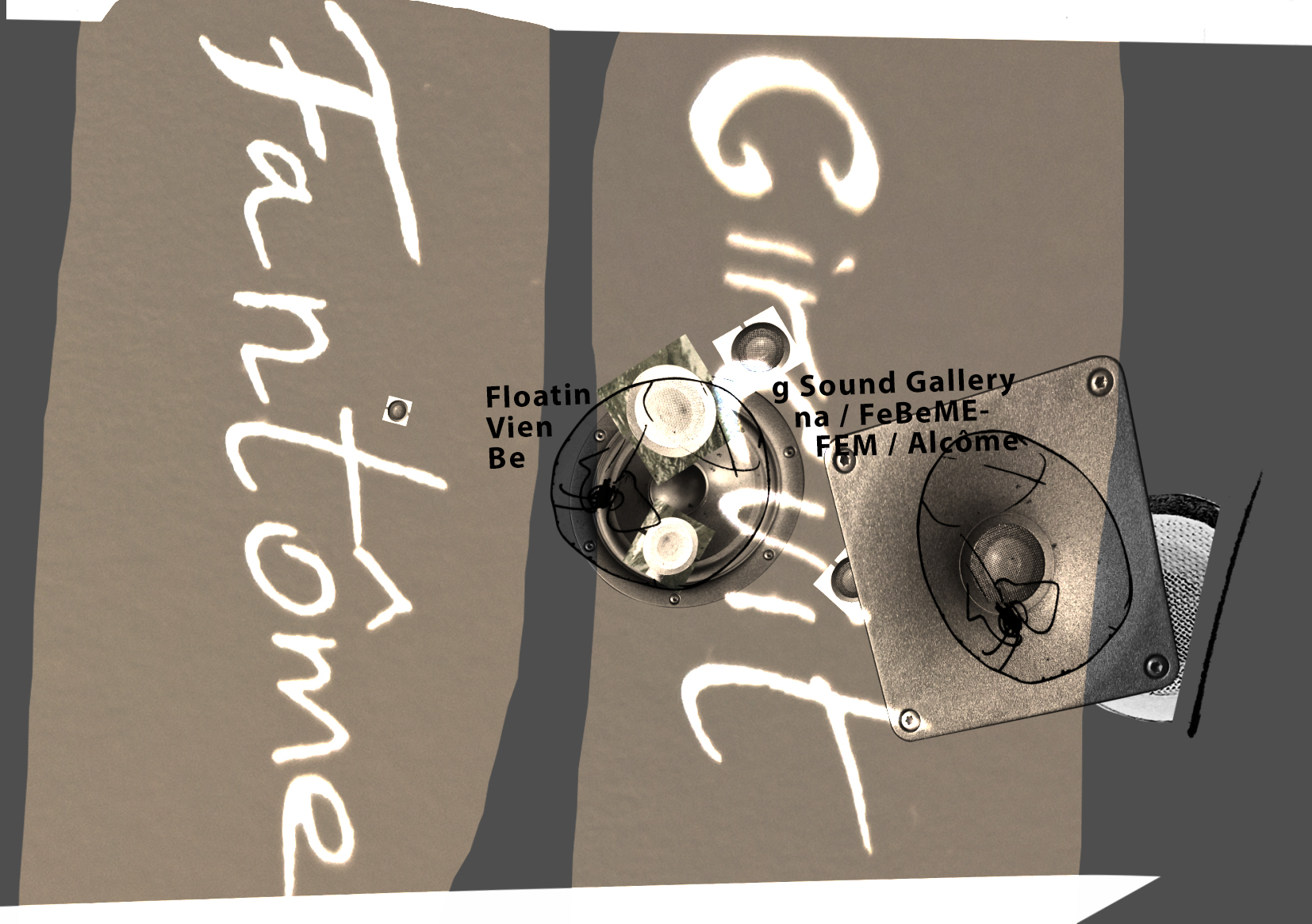
Supported by Stadt Wien Kultur


Information
About the Series
MINIFESTIVAL
About the Series
MINIFESTIVAL
Circuit Fantôme Season 4 Episode 0
Composers
@4lthangrund
Victoria Morgunova
Composers
@4lthangrund
- - - - - - 22.02.2024 - - - - - -
Patrick K.-H.Victoria Morgunova
Programme
Teng Qingqing
is born in Hunan, China. Her works includes electroacoustic music, electronic music mix, improvisation, sound installation, sound design, and art video soundtracks. During her studies, she became interested in music theater, and tried to combine electronic music with it to create a new form of music expression "electronic music theater." In Teng Qingqing's works, the performers on stage are no longer simply defined as dancers, percussionists, vocalists or drama actors... but as a complex multifaceted interpretor. The aim is to make the electronic music itself more humanistic and dramatic through the combination of stage design, lighting design, script creation and the use of the player's body. Her works is often done in collaboration with other artists. She received orders from the Proxima Centauri and Alcôme ensembles, Beijing Cultural Center Museum and PAS International Percussion Festival (China).
Premiered on March 20, 2019, Auditorium of the Vaise Media Library during the What’s up Festival, Lyon, France
Memento, 05'09", 2019
Text: Xun Lu
Recorded Harp: Madeleine Fougeras (From Fantasia in F-sharp Minor by Carl Philipp Emanuel Bach)
Recorded Voice: Qingqing Teng
One month, one day, I probably don’t remember. The moon was carefully sliced in two, now resembling a headless corpse that no one had come to claim. The air was filled with the nauseating smell of blood, and they finally revealed their grimy faces, their teeth, their horrible and sharp teeth, sharpened by years of tearing tendons and bones —— they had eaten people!
In this composition, the composer recorded a portion of Carl Philipp Emanuel Bach’s Fantasia. Then, she employed electroacoustic music techniques (editing, overlays, effects, spatial play…) to transform and reorganize the piece. Meanwhile, she incorporated a segment from Lu Xun’s short story « After Death » with a Chinese accent, thus adding a distinctive sonic quality to the text heard.
People's Pleasure Park, 15'02", 2021Commissioned by Alcôme – Premiered on June 27, 2021, at Cheval de 3 #5: Electroacoustic Concert with 3 Mixers
In "People's Pleasure Park," Qingqing Teng offers a reflection on Chinese society through childhood memories, with the sonic universe drawing inspiration from Zeng Fanzhi's painting "Mask Series 1996 No. 6." In the 1990s, in Beijing, Zeng Fanzhi created numerous portraits of Chinese youth hiding behind smiling masks. Their forced laughter grates on the nerves and conveys a powerful message. The artist confesses to depicting an excessive and overpopulated society where "no one can live without a mask." The red scarves worn by young boys evoke memories of Chinese Communist youth. While these paintings imply social critique, they remain deeply personal and transcend this engagement.
As a post-90s generation born in China, Qingqing Teng deeply resonates with Zeng Fanzhi's artwork, evoking her childhood's fervent desire for the red scarves. Just as Fanzhi Zeng expressed, "These red scarves remind people of high-ranking leaders. They are exceptional members of the Young Pioneers and have special emblems. When I was a child, I wanted so much to be one of them." This connection of the red scarves with unfulfilled childhood aspirations can also be interpreted as the presentation of a utopian vision of the world, prompting contemplation on both the individual and collective aspects of society.
Yin System, 10'01", 2023Commissioned by Alcôme – Premiered on March 8, 2023, at the ACOUSMONIUM International Festival of Multichannel Electroacoustic Music, Echoraum, Vienna.
Yin System draws inspiration from System S, Alcôme's first collective creative project in 2013. The System S project primarily revolves around the nine planets of the solar system. Today, 10 years later, I draw inspiration from it for Yin System. In Taoist philosophy, the sun represents "yang." The opposite of "yang" is "yin," and Yin System represents a different image of System S. In Yin System, I incorporated a lot of materials from the recording of soundscapes and human voices. I wanted this piece to be imbued with human emotions. If we consider System S as a story of planets in the sky, then Yin System is a story of humans on Earth.
"Yin" also represents women. I told this story from a woman's perspective. It contains human desires (gluttony, sexual desire, envy). In the piece, you can hear the myth of Nüwa creating Humanity in ancient Chinese, reflecting the contradictions of the human social class during the Han Dynasty, over 2,000 years ago.
Todor Todoroff
Electrical Engineer with a specialization in telecommunications from the Free University of Brussels (ULB, 1987), he received a First Prize and a post-graduate diploma in Electroacoustic Composition from the Royal Conservatories of Music in Brussels (1993) and in Mons (1996). He is co-founder and president of FeBeME-BEFEM (Belgian Federation of Electroacoustic Music) and ARTeM(Art, Research, Technology & Music, in Brussels), and founding member of the Forum des Compositeurs.
Rupture d’équilibre, 10’17”, 1997
A virtual pendulum, simulated on a computer by a damped harmonic oscillator, crosses zones whose boundaries are defined interactively by the user. Each zone is programmed to trigger a sonic event which is variable in intensity, timbre and / or frequency, depending on the speed of the pendulum when it enters the zone.
The composer plays this virtual instrument with potentiometers. He modifies in real-time the mass, the stiffness constant, and the damping factor, and may also add various external disturbances. All of these forces interact and continuously modify the aspect, the speed and the amplitude of the movement, either generating pseudo-repetitive sequences or disrupting the equilibrium.
There is a sombre atmosphere, populated with little, organic-like virtual beings which resist the swinging motion and disrupt its regularity. This matter offers itself up for periodic transformation and distortion, colours are revealed and recombine, chimeras emerge from the nothingness and invite us to follow their hypnotic oscillation…
Disappearance, appearance, proliferation. Moans can be heard… are they calls? Responses? Is collapse inevitable? Is there something which could slow it down or stop it? Accident or destiny, uncertainty reigns as absolute master. There is no point in resisting…
Rupture d’équilibre was realized in 1993 at the ARTeM (Art, Research, Technology, and Music) studio in Brussels (Belgium). It was remixed in 1995 and entirely revised in 1997. This latter definitive version premiered on May 21, 1997 at the Discoveries XXXVI concert series in Aberdeen (Scotland).
Rupture d’équilibre was a finalist in the Concurso Internacional de Música Eletroacústica de São Paulo (CIMESP ’95, Brazil) and the definitive version was a finalist in the Musica Nova 2000 International Competition of Electroacoustic Music (Prague, Czech Republic).
The composer plays this virtual instrument with potentiometers. He modifies in real-time the mass, the stiffness constant, and the damping factor, and may also add various external disturbances. All of these forces interact and continuously modify the aspect, the speed and the amplitude of the movement, either generating pseudo-repetitive sequences or disrupting the equilibrium.
There is a sombre atmosphere, populated with little, organic-like virtual beings which resist the swinging motion and disrupt its regularity. This matter offers itself up for periodic transformation and distortion, colours are revealed and recombine, chimeras emerge from the nothingness and invite us to follow their hypnotic oscillation…
Disappearance, appearance, proliferation. Moans can be heard… are they calls? Responses? Is collapse inevitable? Is there something which could slow it down or stop it? Accident or destiny, uncertainty reigns as absolute master. There is no point in resisting…
Rupture d’équilibre was realized in 1993 at the ARTeM (Art, Research, Technology, and Music) studio in Brussels (Belgium). It was remixed in 1995 and entirely revised in 1997. This latter definitive version premiered on May 21, 1997 at the Discoveries XXXVI concert series in Aberdeen (Scotland).
Rupture d’équilibre was a finalist in the Concurso Internacional de Música Eletroacústica de São Paulo (CIMESP ’95, Brazil) and the definitive version was a finalist in the Musica Nova 2000 International Competition of Electroacoustic Music (Prague, Czech Republic).
Solo feu primarily combines a variety of transformations of sounds of fire. This piece is an excerpt which has been reworked from music composed for In Between (2000), by choreographer Michèle Noiret.Solo Feu, 04’36’’, 2001
Solo feu was realized in 2001 at the ARTeM (Art, Research, Technology, and Music) studio in Brussels (Belgium) and commissioned by Sub Rosa.
In Between, composed at ARTeM studio, was premiered at Theatre Les Tanneurs in Brussels (Belgium) the 10th of March 2000 and received a Mention at the Bourges Competition (2002, France).
Voices Part III - Resistance, 13’31’’, 2020
I have always been touched by the human voice, spoken or sung, attracted by foreign languages and deeply moved by certain timbres, inflections, breaths or prosodies. My work on voice analysis and synthesis at the Laboratory of Experimental Phonetics at the ULB, and the understanding of the various parameters that affect its timbre, did not explain why I resonated with certain voices or vocal modes rather than others. This work is the third part of an intuitive and sensual exploration of this mystery.
It is inspired in particular by “The Master and Margarita” by Mikhaïl Bulgakov and texts by rebel poet/singer Yanka Dyagileva. Born 75 years apart, both authors tried to escape the grim soviet reality, in different ways, more ironic and satirical for the former and quite darker for the later. But both used a peculiar mix of fantastic and realistic elements to mock and denounce the system while transporting us to unexpected places, in a transfigured reality.
They resisted soviet censorship, reaching their audience through clandestine channels: samizdats and magnitizdats. Today, after Putin's dreadful invasion of Ukraine and the extraordinary level of censorship and repression he imposed in Russia, it resonates with a renewed acuity.
Voices Part III also uses elements of sung voice and an iconic electronic voice, the Thereminvox, named after its inventor, Leon Theremin, as well as numerous digital transformations.
Voices Part III – Resistance was composed at ARTeM studio with support from the Fédération Wallonie-Bruxelles (Direction générale de la culture, Service de la musique) and premièred on the 5th of March 2020 at the Abel Dubois Auditorium in Mons (B), in the framework of the Belgian Music Days.
It was awarded the First Prize at the International Musica Nova Competition (Czech Republic, 2021) and a Honorable mention at the 4th Iannis Xenakis International Electronic Music Competition (Greece, 2023).
Main Russian voice : Anya Pospelova
Additional Russian voice : Alexandra Dimentieva
Voices Part IV - Hallucinations, about 09’, 2024
Austrian premiere
In the Voices cycle, Voices Part IV - Hallucinations continues the exploration of the voice, its resonances and transformations. Journeys through intuitions and analogies, disruptions of the senses and phantasmagoria with the words of Arthur Rimbaud, nourished by the vocal explorations of François Vaiana, accompanied by digital processing.
In tribute to Stephan.Tant de souvenirs... , 05’45’’, 2022
To Elena and Sacha.
A low, multichannel pulse gradually disintegrates - entropy always prevails - and is transformed into thunderous rumblings that encompass the listener. The pulse then splits, reminiscent of the beating of a heart.
Vocal transformations, sometimes melodious, sometimes dissonant, draw us into their polyphonic metamorphoses, accompanied by rubbing, sliding and crumpling that materialise the enduring presence. And there is this distant door that refuses to close definitively, that slams, but then opens again and again with a creak that sounds like a call.
Composed in Sandvika, Norway, staying in the very hotel where, in total isolation, tested positive to covid-19, I learned incredulously of Stephan's death in 2020, two days after that of another close friend, even younger. Both brutally lost to cancer.
Composed at night in this theatre where we are currently presenting the latest creation by Cie Michèle Noiret, but where my isolation prevented us from performing the previous production in 2020. Is it a coincidence that it is precisely this company that brings me back here today? Is it a coincidence that I find myself in this place, which revives my memories and reminds me of the state of shock and sadness I felt two years ago?
This same company also provided the opportunity for my first artistic collaboration with Stephan, exactly 25 years ago, on the show < En Jeu >, for which we co-wrote the original music.
So many memories... all rushing back.
This concert version is the development of a short 8'19 version composed in stereo for Transcultures' CD Sonic Spheres, released in July 2023, to celebrate the 100th anniversary of the birth of the Belgian painter/sculptor Pol Bury.Kinetic Reflections, 11’31’’, 2023
Pol Bury’s kinetic sculptures are fascinating: driven by motors, almost invisibly, using wires or, as if by magic, using magnets, they come to life and invite the viewer to stand still and take the time to discover them. Their slow movements take us into a suspended, almost meditative time-space. Close observation gradually alters the perception of movement and speed. Hypnotic internal rhythms arise; imaginary landscapes emerge, evolve, tip and jostle. Reflections on the polished metal surfaces multiply the points of view like so many dream-like echoes. Is it an illusion of reality or the reality of dreams?
These images and rhythms are echoed in Kinetic reflections: hypnotic repetitions, gravity and lightness, shocks, rolls and flights, mechanics and mystery, themes and variations, transformations, transitions and ruptures all appeal to the listener's imagination.
But Kinetic Reflections also borrows heavily from the collage aesthetic that Pol Bury, a member of CoBrA alongside Christian Dotremont and Joseph Noiret, explored in numerous works. The vast majority of the sounds come from 10-track recordings of experimental and improvisational sessions involving cello, voice, sensors and interactive digital transformations with the talented cellist Sigrid Vandenbogaerde. They are revisited using musique concrète writing techniques: cut up, edited, mixed and retransformed.
Recordings of surfaces being struck and rubbed, in different acoustic spaces, add inharmonic and noisy counterpoints that remind the complex causality of the hidden mechanisms of kinetic sculptures.
Composed in 2023 at ARTeM studio and premiered at the Autumn Waves Festival, in Brussels, Belgium, on the 6th of October 2023.
Patrick K.-H.
Patrick K.-H. (aka Anton Iakhontov) collages within the fields of sound installations, live and tape acousmatic and animation, exercising cross fertilisation. Author of music / video for opera / drama / contemporary dance / post-dramatic theatre plays and performances as well as his own works in Russia, Austria, Germany and USA. He has had his music, video and performances presented in more than 200 festivals and series around the world, holding several international awards.
Postards Series, 39’50’’, 2022-2024
Realized with the support of Stadt Wien.
You are not only a composer, but also a visual artist. Your subscribers enjoy your collaged postcards. Your new music creations are called “Postcards” too - are they connected to your graphic collages?
in an interview with Dmitry Volcheck, Radio Liberty, 3.02.2023
You are not only a composer, but also a visual artist. Your subscribers enjoy your collaged postcards. Your new music creations are called “Postcards” too - are they connected to your graphic collages?
Musical pieces are not exactly “Postcards” – they are called “Postards”, as a combination of postcards + bastards. Initially graphic and music collages were made independently from each other, obviously a cross-fertilization was but a question of time.
Postcards is a series of graphic collages (or rather cut-ups) on the blank postcards templates that I purchased for a few cents in a thrift store somewhere in Finland in 2017. At the first glance, what happens in both graphic and music series, is bringing elements together that they start making a new sense. I love these words of Frank Zappa: "What I do is composition. I just happen to use material other than notes for the pieces. Composition is a process of organization… As long as you can conceptualize what that organizational process is, you can be a 'composer' – in any medium you want. You can be a 'video composer,' a 'film composer,' a 'choreography composer,' a 'social engineering composer' – whatever. Just give me some stuff, and I'll organize it for you.” So what actually happens is not that I combine the elements as such, but rather that I combine the contexts to which they belong. In particular, in music – the acoustic properties of the sound objects, as they relate to the environment they are taken from.
And yes, just like with my art-name, I prefer to give absurd, nonsensual titles to my pieces.Impact of Dadaism and Lettrism?
Big time.
in an interview with Dmitry Volcheck, Radio Liberty, 3.02.2023
Victoria Morgunova
Born in 1995 in Tver, where she graduated with honours from the school of art at the Tver College of culture named after N. A. Lvov. In 2012 she moved to Saint Petersburg, where she attended Pavlov First State Medical University of St. Petersburg. Since 2015 she studies and researches psychology at Saint Petersburg State University. Since 2016 she studies painting under the guidance of A. S. Zaslavsky, participates in exhibitions of contemporary art in St. Petersburg, and since 2017 engaged in electronic experimental music.
C.R.N.S., 40’55’’, 2020
The quadraphonic installation “C.R.N.S.” [Communication by Radio Number Stations] is the result of working with recordings of numbered radio stations (the range of radio waves with a frequency of 3 MHz to 30 MHz), which includes the processing of the recorded signal in real time.
Numbers stations are shortwave radio stations created and used by various special services to transmit data to spies, reconnaissance and other military agents in foreign countries. They broadcast encrypted messages in the form of groups of numbers or letters using computer-synthesized voice, voice of narrator, Morse code, or digital mode. While the encryption methods used by most numbers stations are unknown, many believe that in most cases a one-time code is used: mathematical addition of a set of random numbers (key) to plaintext, which can be used only once and should be destroyed after use.
In a broad sense, the project is dedicated to the topic of communication. In this case, communication is considered not as a dialogic interpersonal, but as a unidirectional process. Instead of subject-subject relations, subject-object relations appear, where the other side turns into a passive object of influence.
In accordance with the Linear (classical) communication model of G. Lasswell (1948) and the Noise communication model of C. Shannon – W. Weaver (1949), this project can be characterized as a representation in musical of a linear and unidirectional communication process in which feedback is absent and not considered.
According to J. Derrida, communication cannot be completely pure and successful, without distorting the perception of truth, nor can there be truth without lies and error. But in this case, we have a signal that can be decoded in the only possible way (i.e. there is no possibility of distorting the semantic aspect of signal perception). At the same time, we cannot claim to reveal the meaning of the message.
Thus, the project proposes to be in the space of unambiguous signals from various numbered radio stations (active and already discontinued), raising the question of the ambiguity of interpretation, perception and understanding of the communication process as such. It also gives everyone the opportunity to become the “unknown” (that is, perceiving) in this “equation” of communication and to carry out their own decoding of messages.
Numbers stations are shortwave radio stations created and used by various special services to transmit data to spies, reconnaissance and other military agents in foreign countries. They broadcast encrypted messages in the form of groups of numbers or letters using computer-synthesized voice, voice of narrator, Morse code, or digital mode. While the encryption methods used by most numbers stations are unknown, many believe that in most cases a one-time code is used: mathematical addition of a set of random numbers (key) to plaintext, which can be used only once and should be destroyed after use.
In a broad sense, the project is dedicated to the topic of communication. In this case, communication is considered not as a dialogic interpersonal, but as a unidirectional process. Instead of subject-subject relations, subject-object relations appear, where the other side turns into a passive object of influence.
In accordance with the Linear (classical) communication model of G. Lasswell (1948) and the Noise communication model of C. Shannon – W. Weaver (1949), this project can be characterized as a representation in musical of a linear and unidirectional communication process in which feedback is absent and not considered.
According to J. Derrida, communication cannot be completely pure and successful, without distorting the perception of truth, nor can there be truth without lies and error. But in this case, we have a signal that can be decoded in the only possible way (i.e. there is no possibility of distorting the semantic aspect of signal perception). At the same time, we cannot claim to reveal the meaning of the message.
Thus, the project proposes to be in the space of unambiguous signals from various numbered radio stations (active and already discontinued), raising the question of the ambiguity of interpretation, perception and understanding of the communication process as such. It also gives everyone the opportunity to become the “unknown” (that is, perceiving) in this “equation” of communication and to carry out their own decoding of messages.
